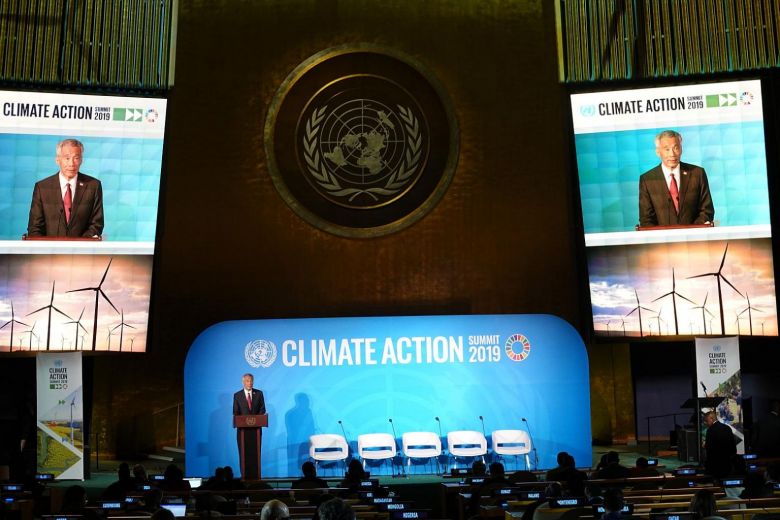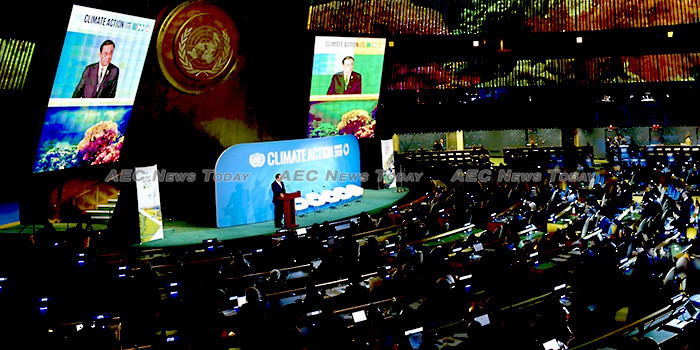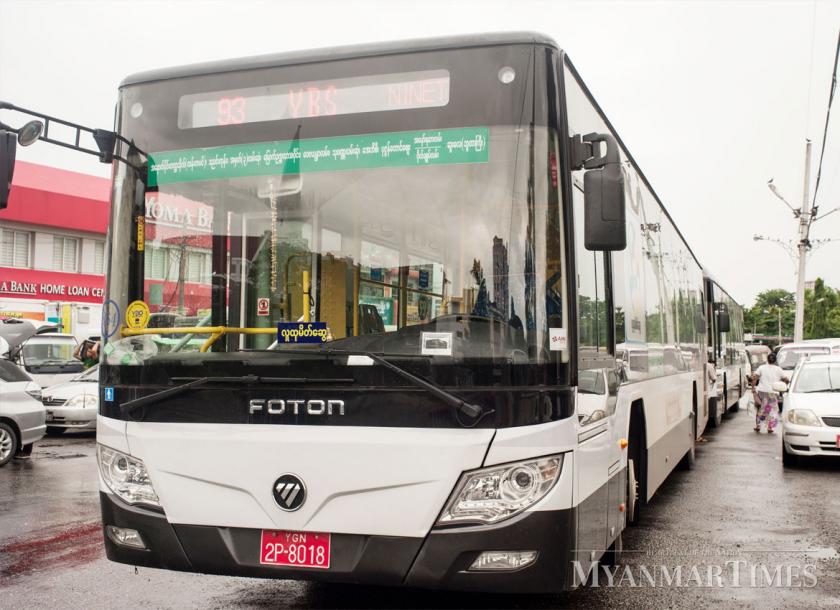- Electricity/Power Grid
–
- Myanmar
Yangon – Industry experts have criticized the Ministry of Electricity and Energy’s plan to produce electricity with gas and liquefied natural gas (LNG) via a floating power plant to meet the rising demand in Yangon by mid-2020.
The ministry invited international bids in June for the 1,040-megawatt (MW) project.
U Aye Kyaw Kyaw, secretary of Yangon Region’s Electricity Development Management Committee, said: “They are emergency projects to meet electricity demand. As the projects will only last for five years, it is a short-term plan. The costs will be high. Although production of 400MW is viewed as a large-scale project in our country, it is small by international standards.”
According to its plan, the ministry will buy LNG on the international market for the floating power plant, which will send electricity through a cable to the power grid. Distribution will be based at the jetties nearest to existing power generation infrastructure.
The ministry has invited production bids of 20MW in Kyun Chaung in Irrawaddy Region and 120MW in Ahlone Township in Yangon Region with natural gas. Bids for production with LNG of 150MW in Kyaukphyu Township in Rakhine State, 350MW in Thanlyin Township and 400MW in Thaketa Township in Yangon Region are being invited.
“My biggest concern is that the state budget will be wasted,” said managing director U Lin Tun of Quasar Resources LLC, a US-based company developing energy infrastructure in Myanmar.
“I heard that one unit of energy produced with LNG will cost 12 or 13 cents [145-199 kyats]. There are many cheaper options. For example, a unit of solar power will only cost 7 or 8 cents. This is 40 percent cheaper, and it can be installed and operated more quickly,” he told The Irrawaddy.
“Solar is not perfect. Solar power can’t be generated at night, unlike LNG. But there will be a big gap in total production cost. It is simple. Use solar power as much as possible, and generate electricity with LNG in the rainy season and at night. Then, the annual cost will be around US$1 billion lower on average,” added U Lin Tun.
There are questions about whether the Yangon River is deep enough for a floating power station to navigate. Industry experts said the electricity ministry’s tender regulations that the required infrastructure must be built with 210 days after selection of a winner is unrealistic because it takes around two years on average to build the infrastructure.
Of more than 10 million households in Myanmar, only 4 million or 38.5 percent have access to the national grid, and annual demand has increased by 15 percent over the past few years, according to the Electricity Ministry.
The ministry estimates that Myanmar will need around 6 gigawatts (GW) in 2020-21, while the current production is 3GW.
While the electricity demand of Yangon Region is 1.6GW, the ministry can only supply less than 1.4GW.
There have also been questions about the accountability and transparency of the tender process due to corruption scandals surrounding the ministry.
Private power supplier U Myint Zaw criticized the lack of transparency because the ministry, despite having no previous experience of generating electricity with LNG, invited tenders without consulting with an international consultancy firm.
“Overseas there are no restrictions on investors in such cases. But these tender regulations suggest that they are designed with a specific individual in mind. They are above the electricity law,” he told The Irrawaddy.
U Myint Zaw filed a complaint with the Anti-Corruption Commission over the Electricity Ministry’s alleged corruption in tender selection for the supply of electricity meter boxes.
The commission said on Sunday that it was investigating the ministry over complaints about the Yeywa hydropower plant.
The commission probed corruption allegations about the electricity minister and deputy minister in July and asked the Central Bank of Myanmar to check their bank accounts and those of their wives.









